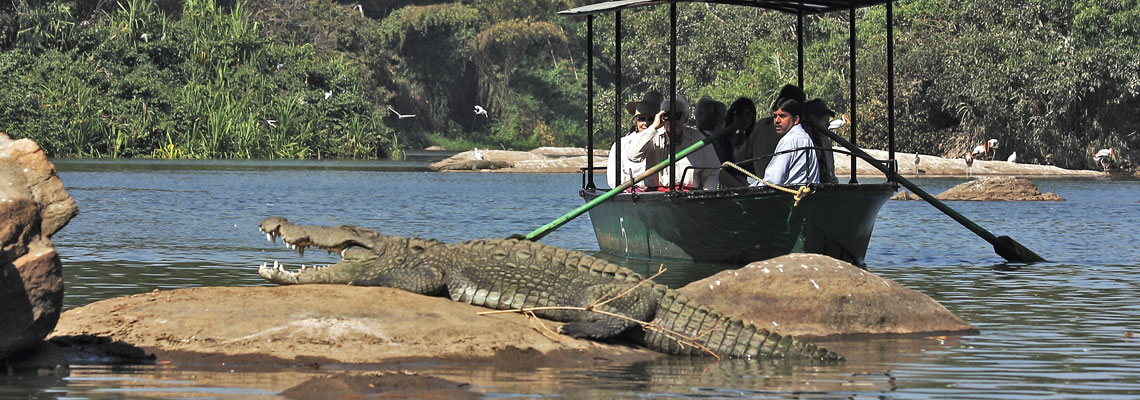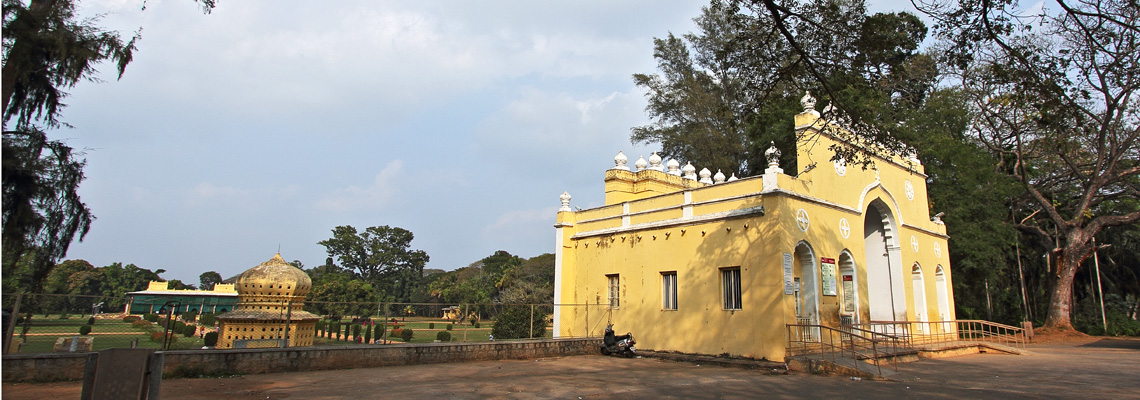Activity
Srirangapattinam & Ranganthittoo
A short excursion to the summer Palace and royal tombs at Srirangapattinam followed by a visit to the Ranganthitto bird sanctuary where we tour on a private boat with guide. Srirangapattana was the scene of the last and decisive battle fought between Tipu Sultan and a combined force of 50,000 men provided equally by the Nizam of Hyderabad and the British under the overall command of General Harris. This battle was the last engagement of the Fourth Anglo-Mysore War. The Battle of Seringapatam, 1799, was truly momentous in its historic effects. In any event, Tipu Sultan was killed within the fort of Srirangapattana, betrayed infamously by one of his own confidants; the spot where he ultimately fell is marked by a memorial. Apart from the usual gold and cash, innumerable valuables and objects of art, not excepting even the personal effects of Tipu Sultan, his rich clothes and shoes, sword and firearms, were shipped to England. The town is famous for a very ancient temple dedicated to Sri Ranganathaswamy, a form of Lord Vishnu. Other attractions include the Jumma Masjid (a Mosque) and the Daria Daulat Gardens. Rangananthitoo Bird Sanctuary is a very small sanctuary, being only 67 km². in area, and comprises six islets on the banks of the Kaveri River. The ornithologist Dr. Salim Ali observed that the isles formed an important nesting ground for birds, and persuaded the Wodeyar kings of Mysore to declare the area a wildlife sanctuary in 1940. The islands are host to numerous small mammals, including Bonnet Macaque, colonies of Flying Fox and common small mammals like Common Palm Civet and Indian Gray Mongoose and the monitor lizard. The Mugger Crocodile or Marsh Crocodile is a common inhabitant of the riverine reed beds. Breeding water birds include Painted Stork, Asian Open bill Stork, Common Spoonbill, Woolly-necked Stork, Black-headed Ibis, White Ibis, Lesser Whistling Duck, Indian Shag, Stork-billed Kingfisher and other common birds like egrets, cormorants, Oriental Darter, and herons. The Great Stone Plover, and River Tern also nest here. The park is home to a large flock of Streak-throated Swallows.


